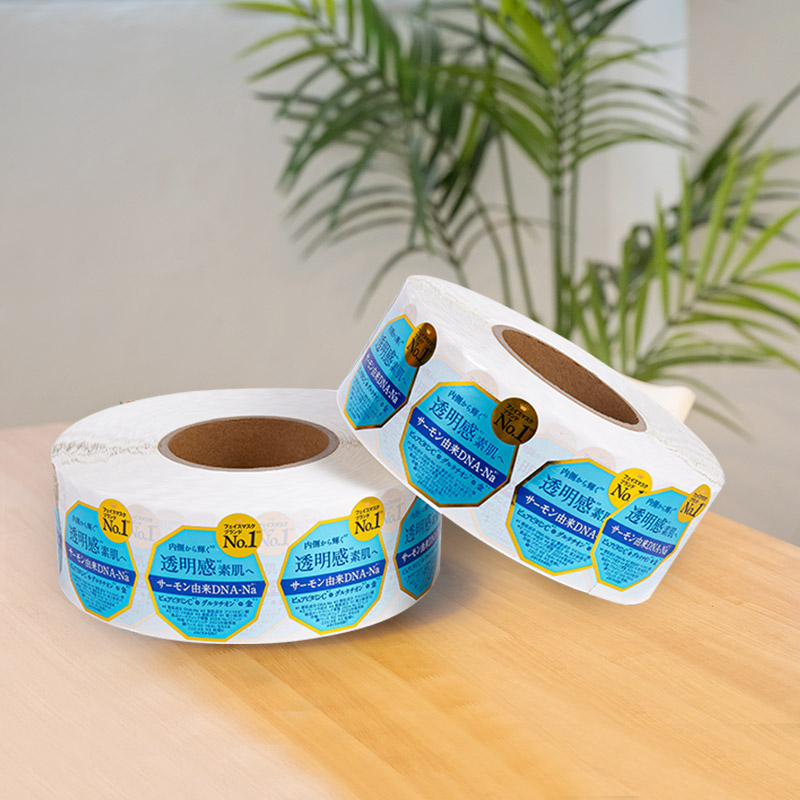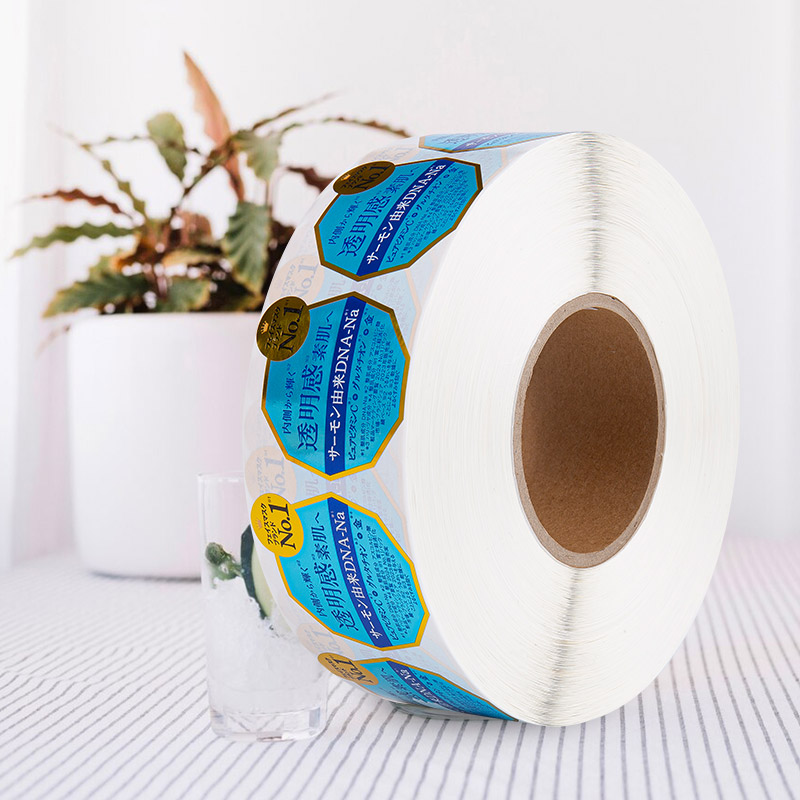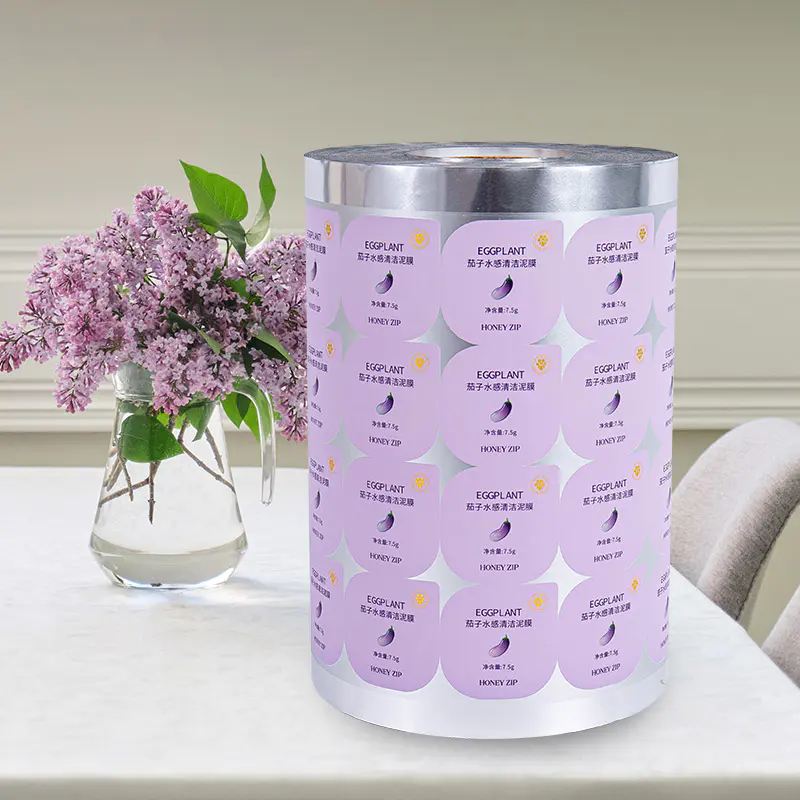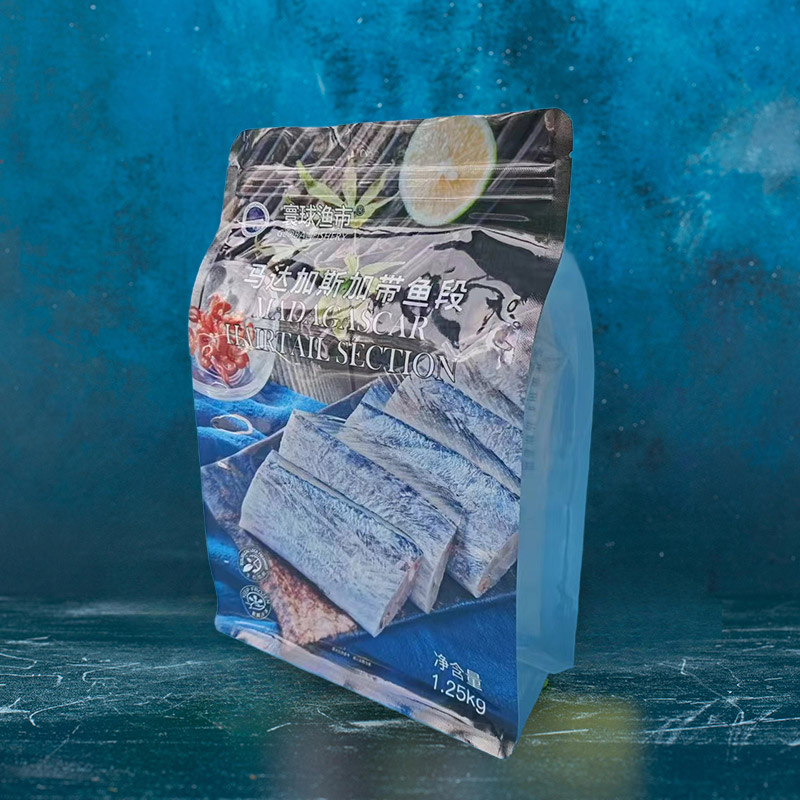Content
- 1 Structural differences and how they form
- 2 Practical performance: stability, volume and shape
- 3 Materials, barrier needs and structural reinforcement
- 4 Filling lines and manufacturing considerations
- 5 Design features: closures, spouts, windows and printing
- 6 Cost, MOQ and sustainability trade-offs
- 7 Application-based guidance: how to choose
- 8 Quick comparison table
- 9 Checklist for final selection
Structural differences and how they form
Gusseted stand up pouches and flat bottom pouches both enable vertical display, but they achieve stability in different ways. A gusseted pouch uses folded material (side or bottom gussets) that expands when filled, creating a triangular or rounded base. A flat bottom pouch has panels and sealed edges that form a box-like rectangular base when finished, producing a true flat floor that bears weight more evenly.
Practical performance: stability, volume and shape
Shelf stability and stacking
Flat bottom pouches provide superior shelf stability and allow light stacking because the rectangular base distributes load evenly. Gusseted pouches stand adequately for single-row display but can tip more easily when tall or top-heavy.
Usable internal volume and headspace
Gusseted designs typically yield efficient volume for lower to medium fill weights with minimal material shaping, making them space-efficient for irregularly shaped contents. Flat bottom pouches often offer larger usable volume and straighter sidewalls, which improves packing efficiency and makes them better for higher fill weights and blocky products.
Materials, barrier needs and structural reinforcement
Both pouch types use similar laminated film stacks (e.g., PET/AL/PE, PET/PE, or mono-polyolefin constructions) for barrier and sealability. Because flat bottom pouches carry weight on a planar base, manufacturers often use thicker seal layers or reinforcing layers at the bottom gusset and corner welds to prevent seam stress. Gusseted pouches can rely on simpler folds but require strong side-seam seals where the gusset opens.

When to upgrade film strength
- Choose heavier or reinforced films for flat bottoms when fill weight exceeds recommended ranges for the film gauge.
- For gusseted pouches with sharp or irregular products, add puncture-resistant layers or inner liners.
Filling lines and manufacturing considerations
Equipment and production flow
Gusseted pouches are commonly produced on vertical form-fill-seal (VFFS) machines adapted for side or bottom gussets, or supplied as premade pouches for automated filling. Flat bottom pouches often require premade pouch supply because their boxed base is formed offline or on dedicated machines; filling lines must accommodate the rectangular base and may need mechanical support or vacuum hold-down during fill and seal.
Speed, yield and quality control
- Gusseted pouches on VFFS can run faster with lower tooling complexity, improving short-run flexibility.
- Flat bottom pouches require more precise pouch handling and sealing checks; cycle times may be slower and reject rates higher if seals or bottom folds aren’t consistent.
Design features: closures, spouts, windows and printing
Both formats support zippers, tear notches, spouts and windows, but layout constraints differ. Flat bottom pouches offer larger, flatter printable panels—beneficial for brand visibility and multi-color graphics. Gusseted pouches have more continuous curved surfaces where art must accommodate folding lines and gusset expansion.
Cost, MOQ and sustainability trade-offs
Flat bottom pouches generally use more material and require more complex forming and finishing—this raises per-unit cost and often increases minimum order quantities for custom prints and shapes. Gusseted pouches are usually more economical for small to medium runs. From a recyclability standpoint, both face the same multi-layer challenges; mono-material constructions can be applied to either format but may require re-engineering to preserve structural needs.
Application-based guidance: how to choose
When to choose a gusseted stand up pouch
- Small to medium-sized snacks, nuts, spices, and samples where run-length is moderate and cost sensitivity is high.
- Flexible designs where fold expansion is acceptable and ultra-flat shelf presentation is not required.
- When using form-fill-seal lines for fast changeovers and lower tooling expense.
When to choose a flat bottom pouch
- Premium food, coffee, pet food, or powdered products where shelf presence, easy stacking, and larger fill volumes are priorities.
- Products that benefit from larger printable panels and a premium, box-like look on retail shelves.
- Applications that require precise dosing and stable base for automatic downstream packing or display.
Quick comparison table
| Feature | Gusseted pouch | Flat bottom pouch |
| Base geometry | Folded gusset that expands | Box-like flat floor |
| Shelf stability | Good for single-row display | Superior; supports stacking |
| Material use | Lower material demand | Higher material and structure needs |
| Cost & MOQ | Lower cost, lower MOQ | Higher cost, higher MOQ |
| Best for | Snacks, small goods, short runs | Premium, larger-volume retail products |
Checklist for final selection
- Define target fill weight and whether stacking is required on shelf.
- Assess printing needs: full flat panels favor flat bottom pouches.
- Confirm filling line compatibility and run-length economics (MOQ, tooling).
- Decide on closure types, spouts or windows and check structural reinforcement at bottom seams if needed.
Choosing between gusseted and flat bottom stand up pouches requires balancing shelf presentation, fill volume, production method, and cost. Use the checklist and comparison table above to match pouch geometry to your product’s performance and branding goals.

 EN
EN
 English
English 日本語
日本語 Español
Español Deutsch
Deutsch عربى
عربى












